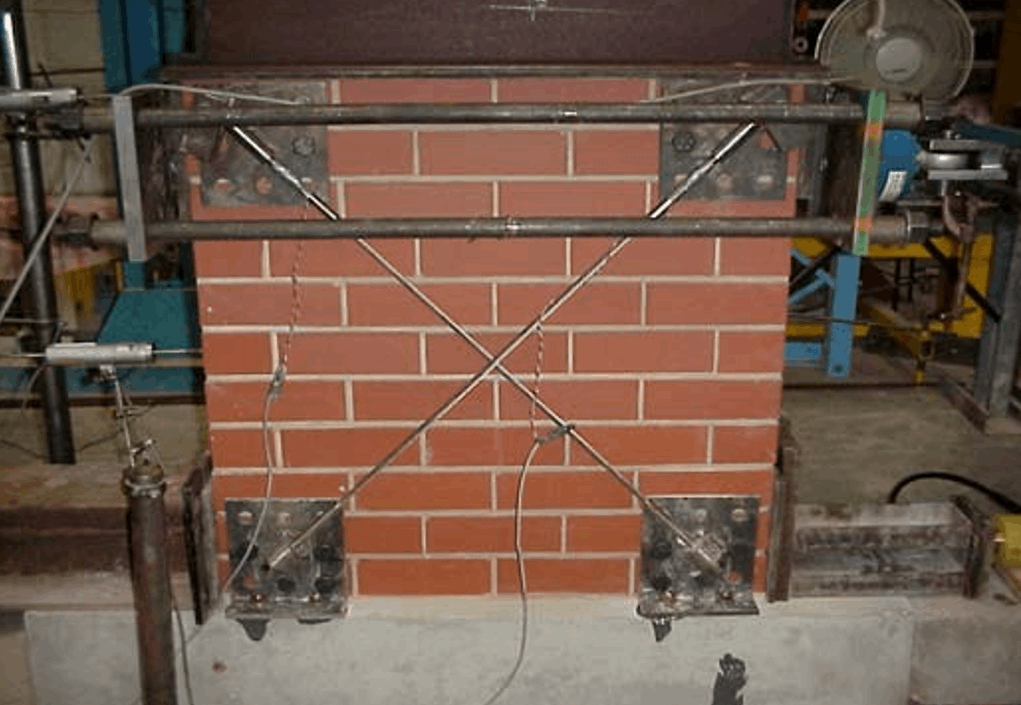Y. Zhuge1
1Senior Lecturer, School of Natural and Built Environments, University of South Australia, Mawson Lakes Campus, SA 5095, Australia, yan.zhuge@unisa.edu.au
ABSTRACT
The history of past earthquakes has shown that masonry buildings have suffered the maximum damage. Also, the Australian love of “heritage” buildings (most of them being of unreinforced masonry) means that greater attention is required to secure their performance under seismic loading in the future. Therefore, to retrofit and strengthen existing masonry structures to resist potential damage from earthquakes has become an important issue.
A research project was carried out at the University of South Australia aimed at developing a simple and high strength seismic retrofitting technique for masonry structures. A series of experimental tests on unreinforced masonry (URM) walls retrofitted with an innovative cable system have been conducted. The results indicated that both the strength and ductility of the tested specimens were significantly enhanced with the technique.
In this paper, an analytical model based on Distinct Element Method (DEM) has been developed to simulate the behaviour of URM walls before and after retrofitting.
KEYWORDS: distinct element method, walls, retrofitting, cable.
5b-3



